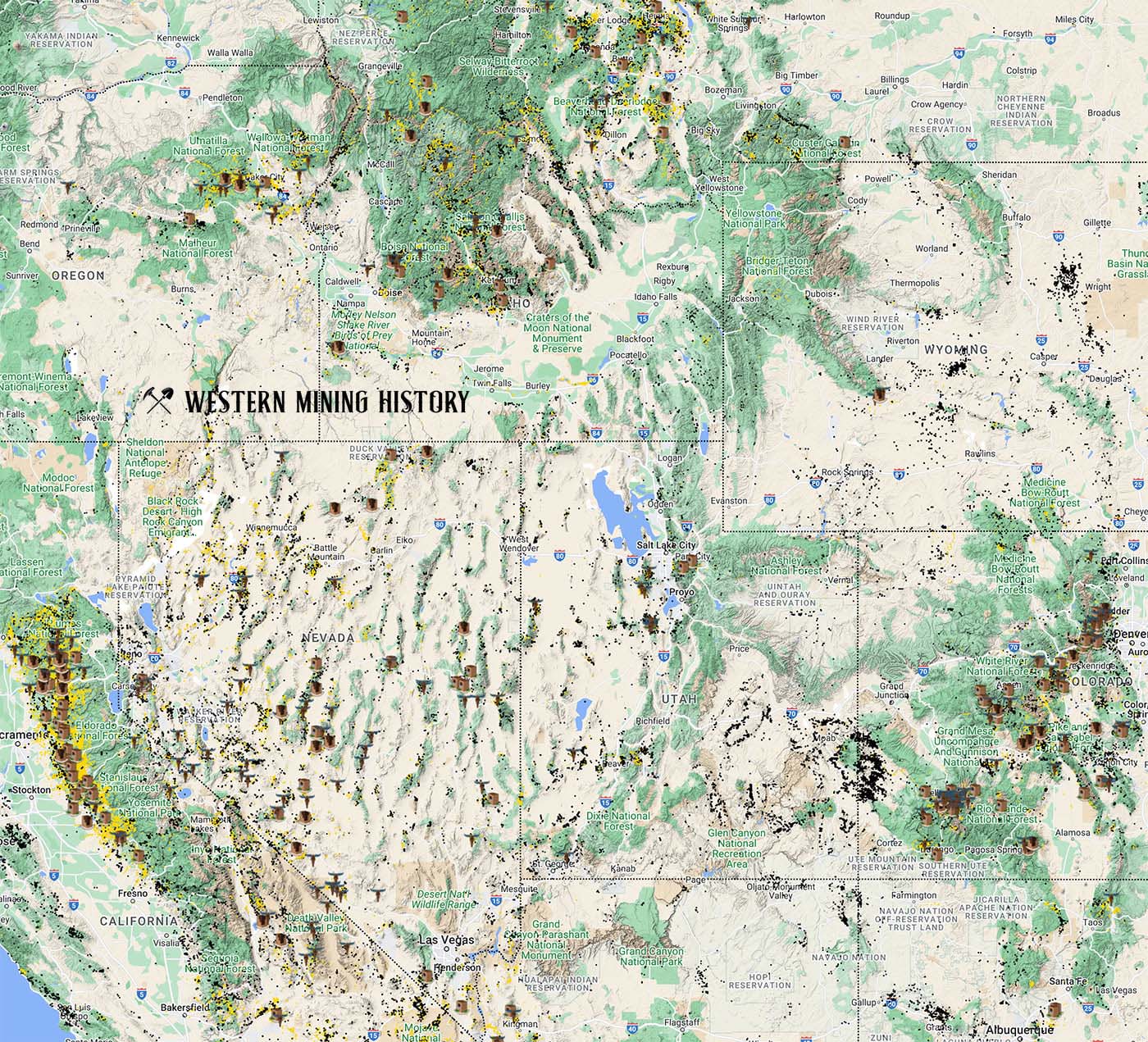
The image above illustrates the incredible scale of the mining regions of the western United States. Yellow dots are gold mines, black dots are non-gold mines. Map icons show the distribution of historic mining towns. An interactive version of this map is available here.
Featured Mining Town: Creede, Colorado
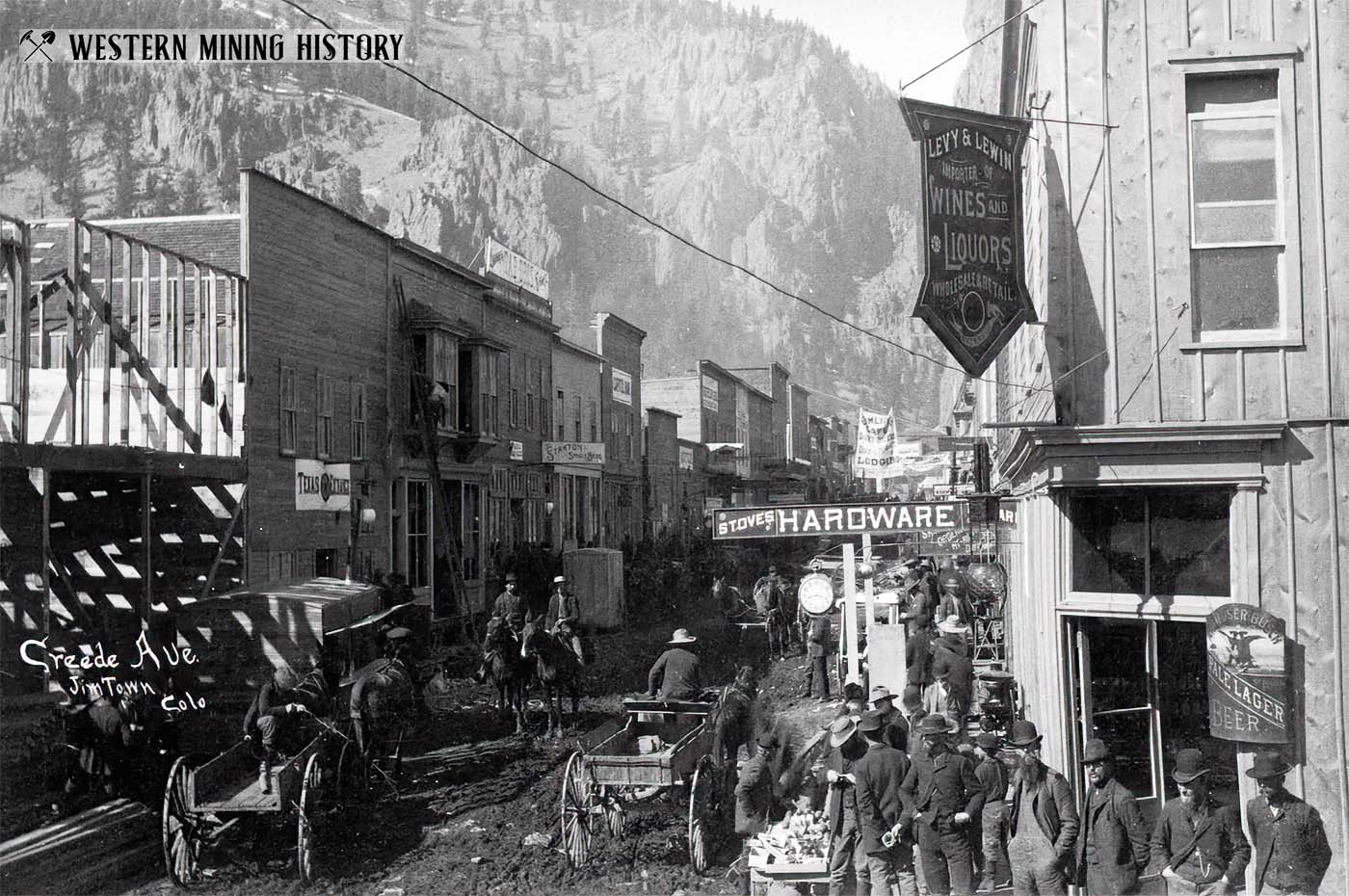
Creede, Colorado is one of the West's most notable silver camps. Famous for both it's stunning location and notorious outlaws, Creede remains a popular tourist destination today. Continue Reading
The Humphreys Mill
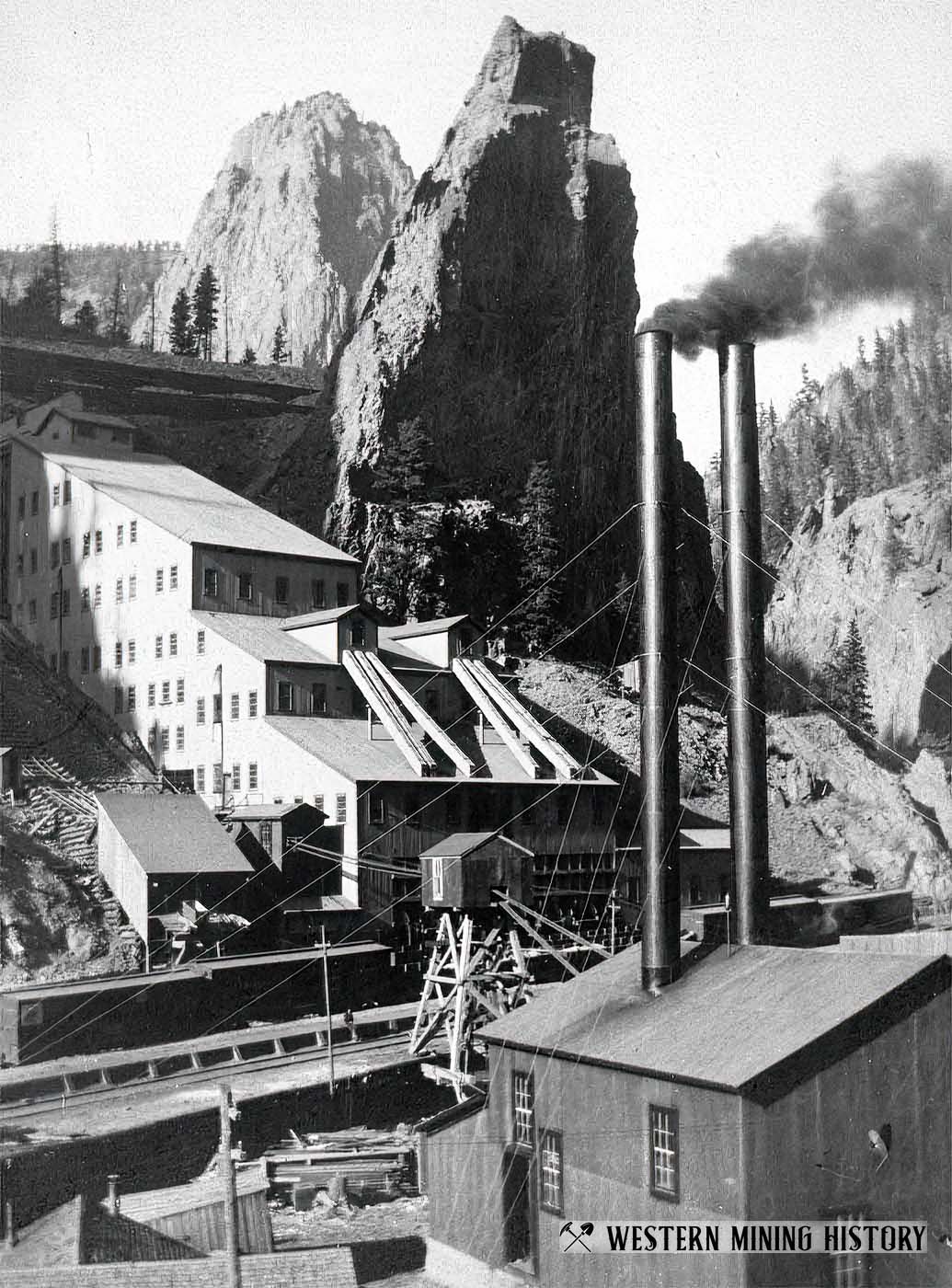
Located just north of Creede, Colorado, the remains of the Humphreys Mill mark the site of a significant industrial facility that operated from 1902 to 1918. Primarily processing silver, lead, and zinc ores, the mill played an important role in Creede's mining economy during the early 20th century. Continue Reading
Aftermath of the Gunfight at the OK Corral
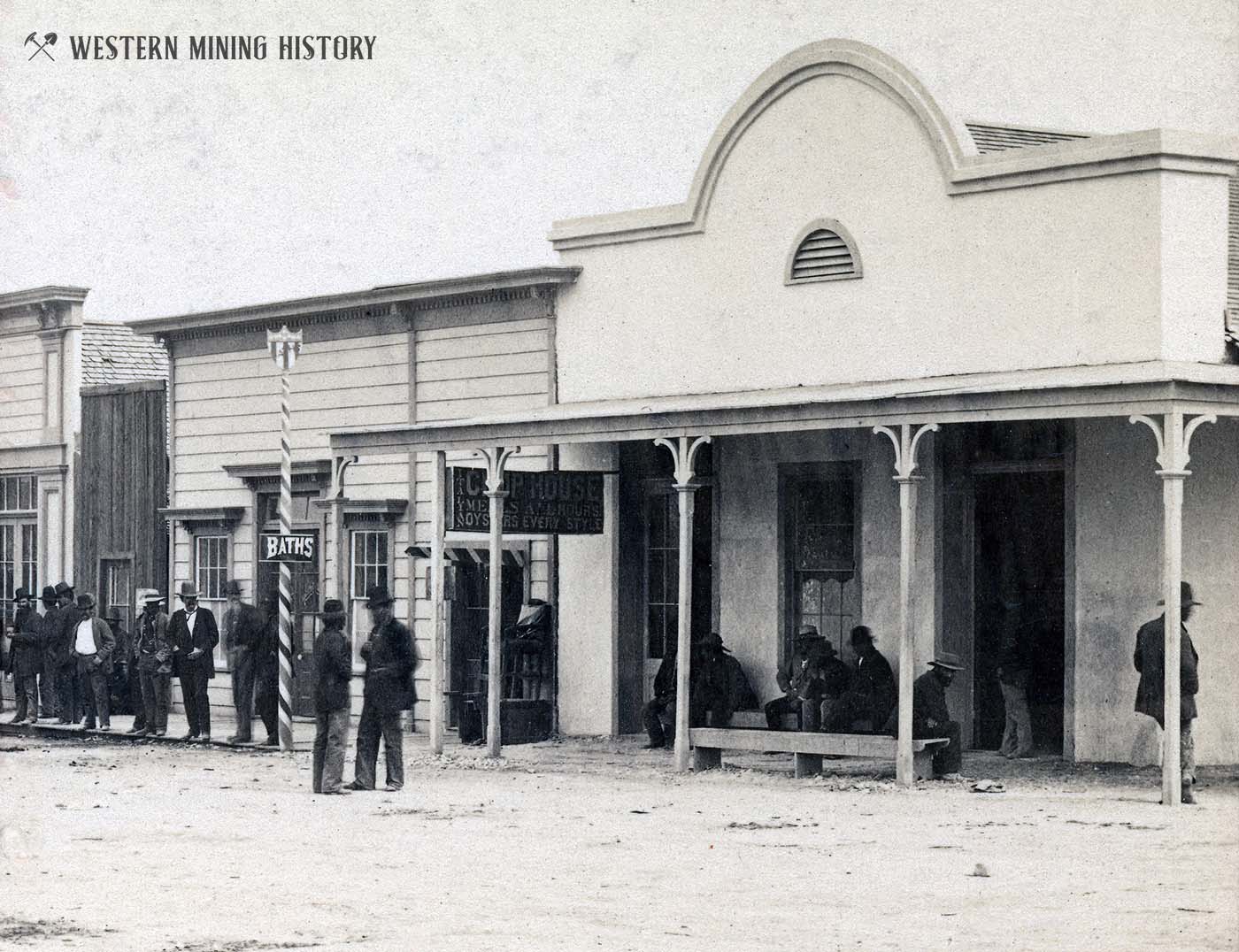
It is often overlooked that the events surrounding "Gunfight at the OK Corral" occurred during one of the most important silver mining excitements in United States history, and many of the region's mining camps and towns played a part in the events that unfolded. Continue Reading
The Last Chance Mine Tour
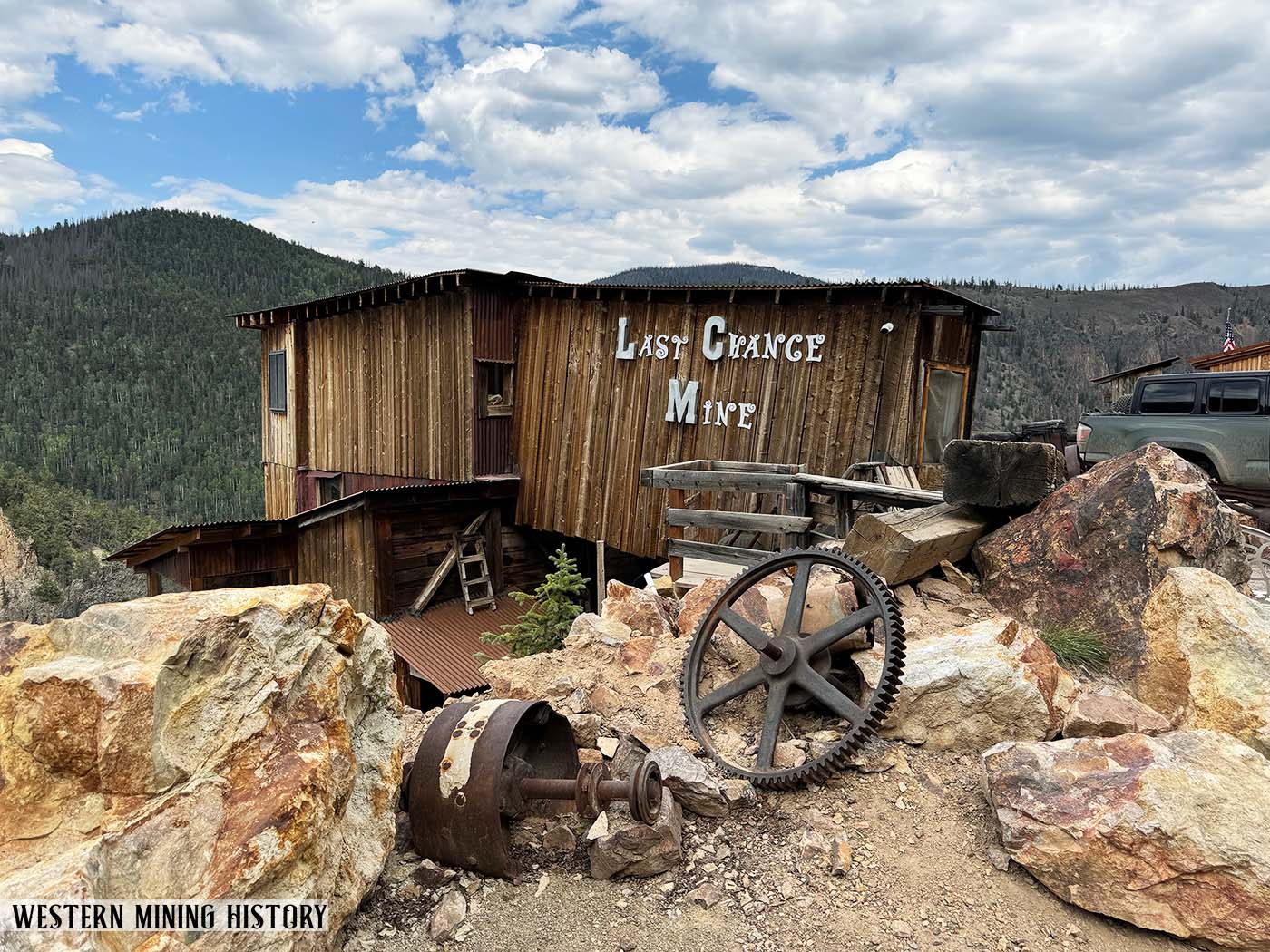
Once one of Creede, Colorado's most significant silver producers, the Last Chance Mine now offers underground tours that provide visitors with a fascinating look at the workings of an 1890s mine. Continue Reading
Featured Mining Town: Randsburg, California
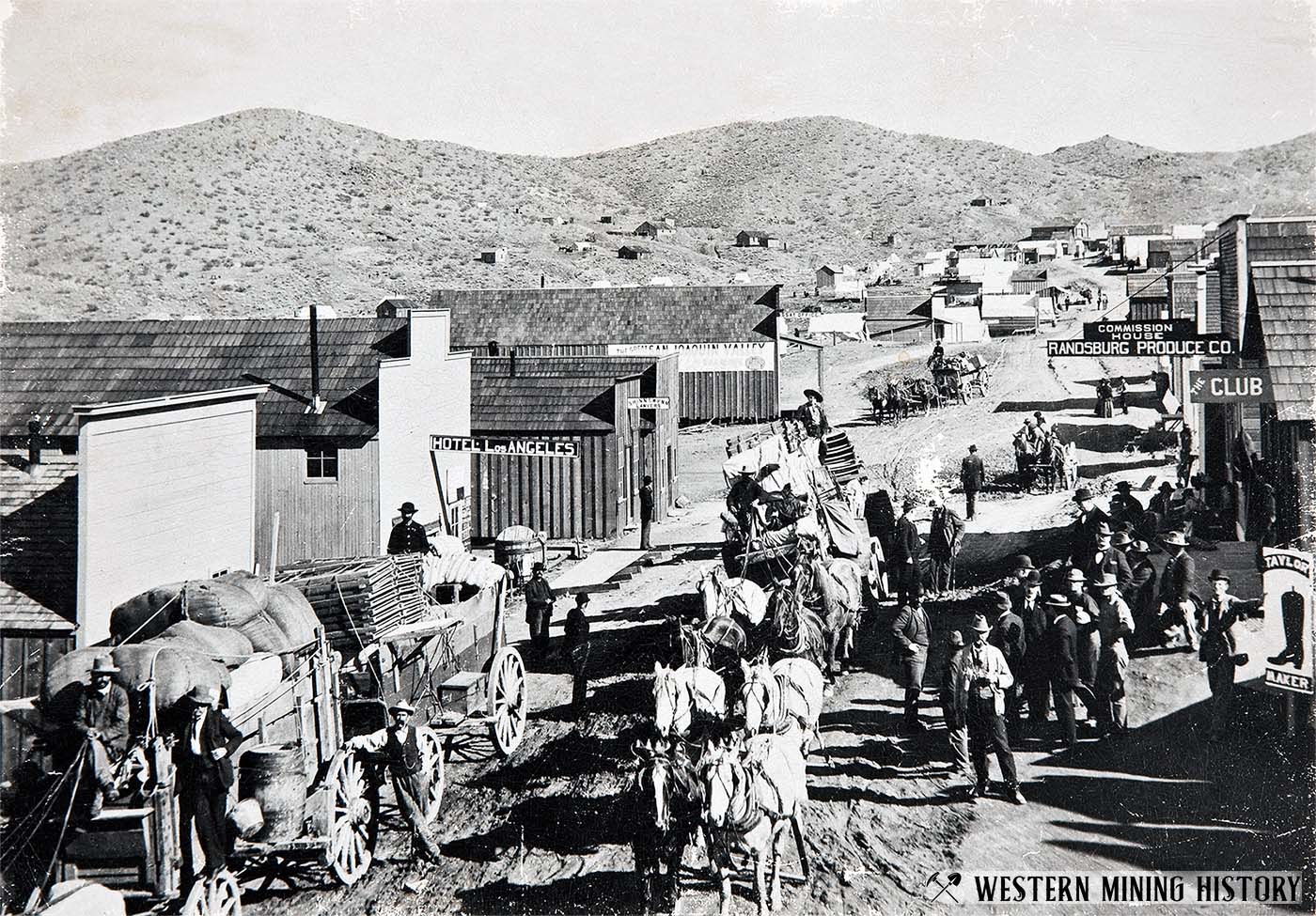
Gold was discovered at Randsburg, California in 1895 when the nation was in the midst of a depression. The desert prospectors that converged on Randsburg comprised what was known as a "poor man's camp". Some of them had to abandon their claims out of hunger while others ground the gold out of their ore by hand to come up with the $1.60 fee to file their claim. Continue Reading
Featured Mining Town: Ajo, Arizona
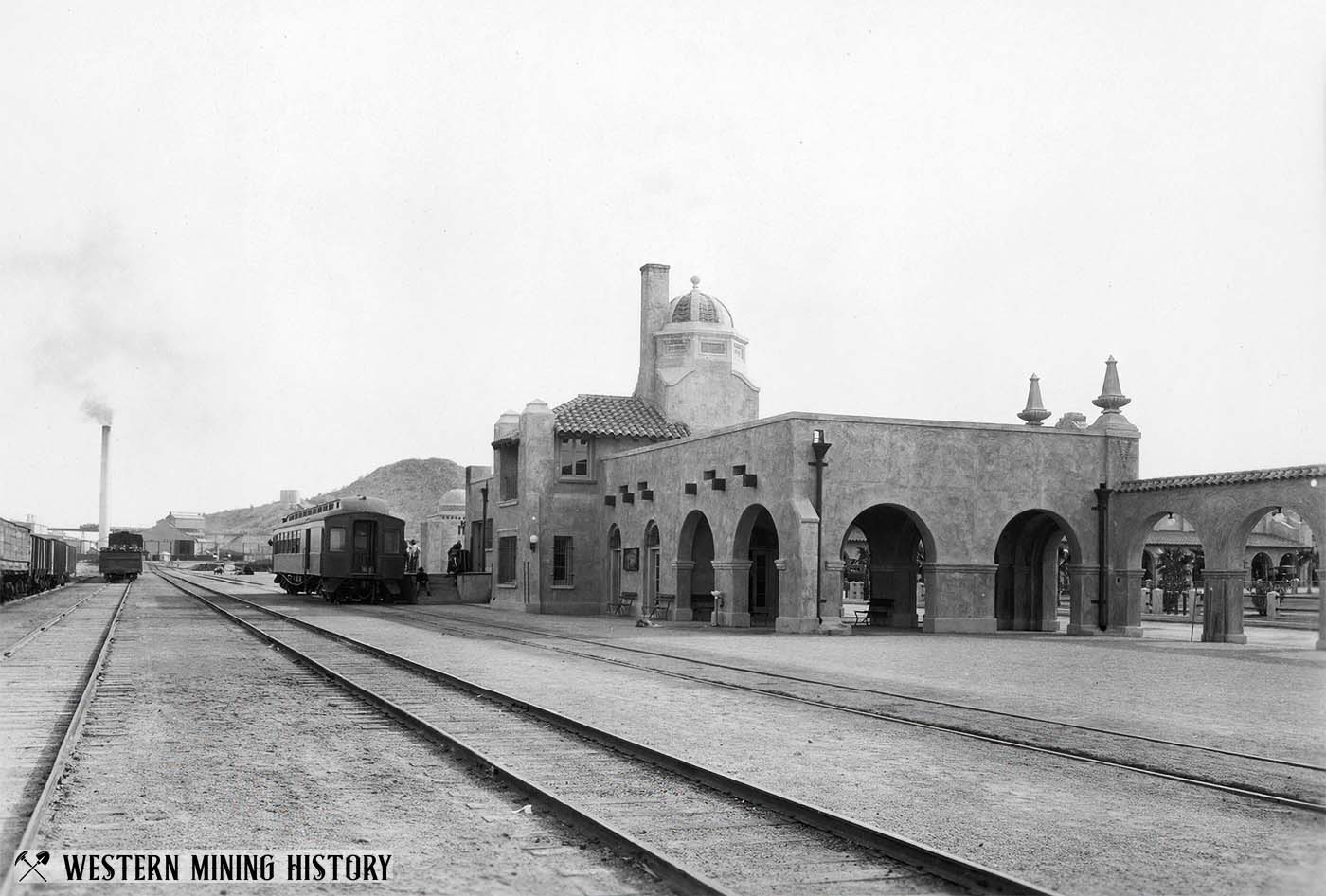
The mines at Ajo were worked at small scale by Spaniards and Mexicans as early as 1750, but it would be over 150 years before the low-grade copper deposits here could be mined economically. When mining finally did start at large scale in 1917, Ajo became one of the nation's top producers of copper. Continue Reading
Featured Mining Town: Cherokee, California
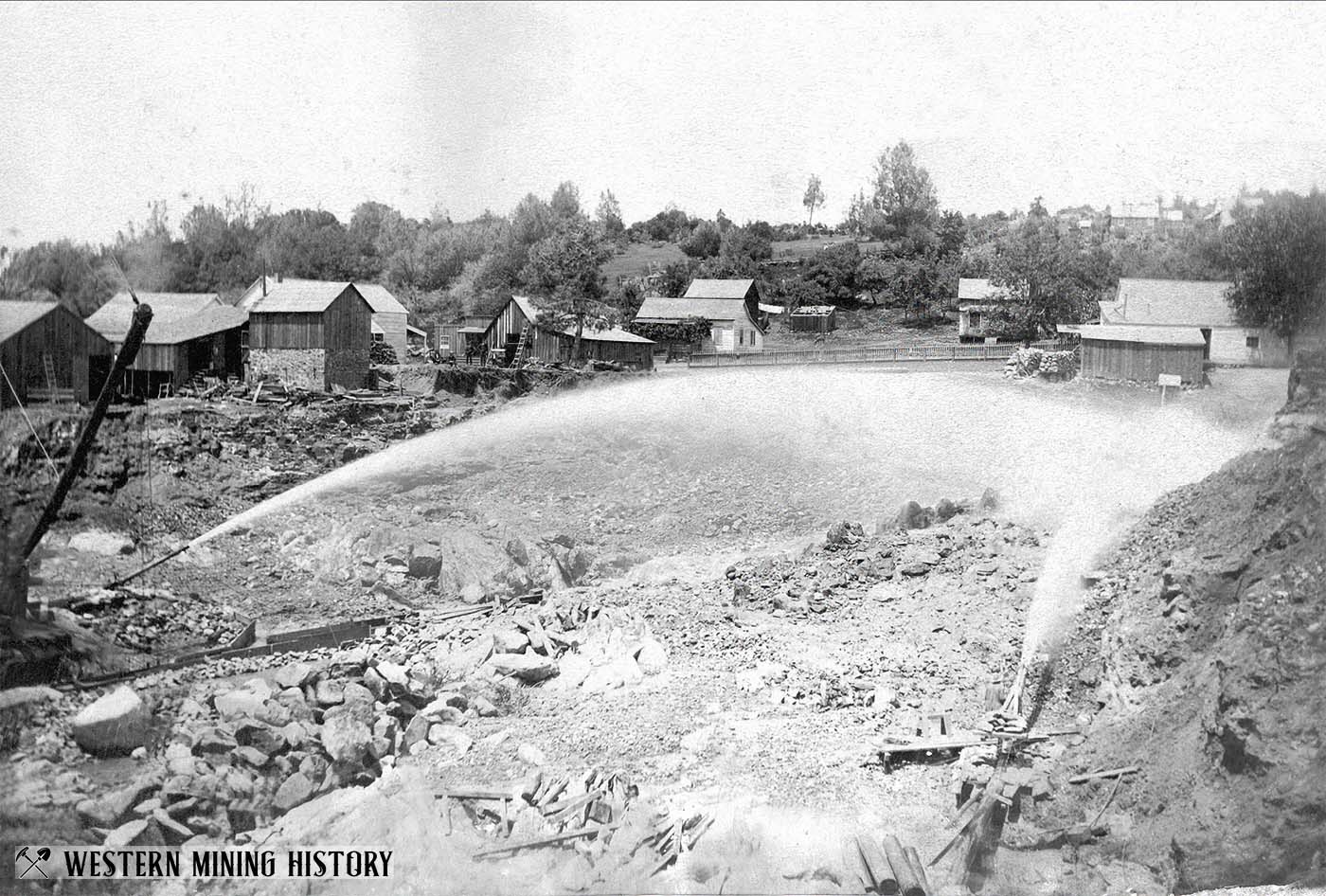
Cherokee, California was one of the state's richest gold districts. The placer deposits here also happened to contain occasional diamonds of extraordinary quality. Imagine the miners surprise when they found not only gold in their pans, but diamonds as well! Continue Reading
Ute and Ulay Mine – Lake City, Colorado
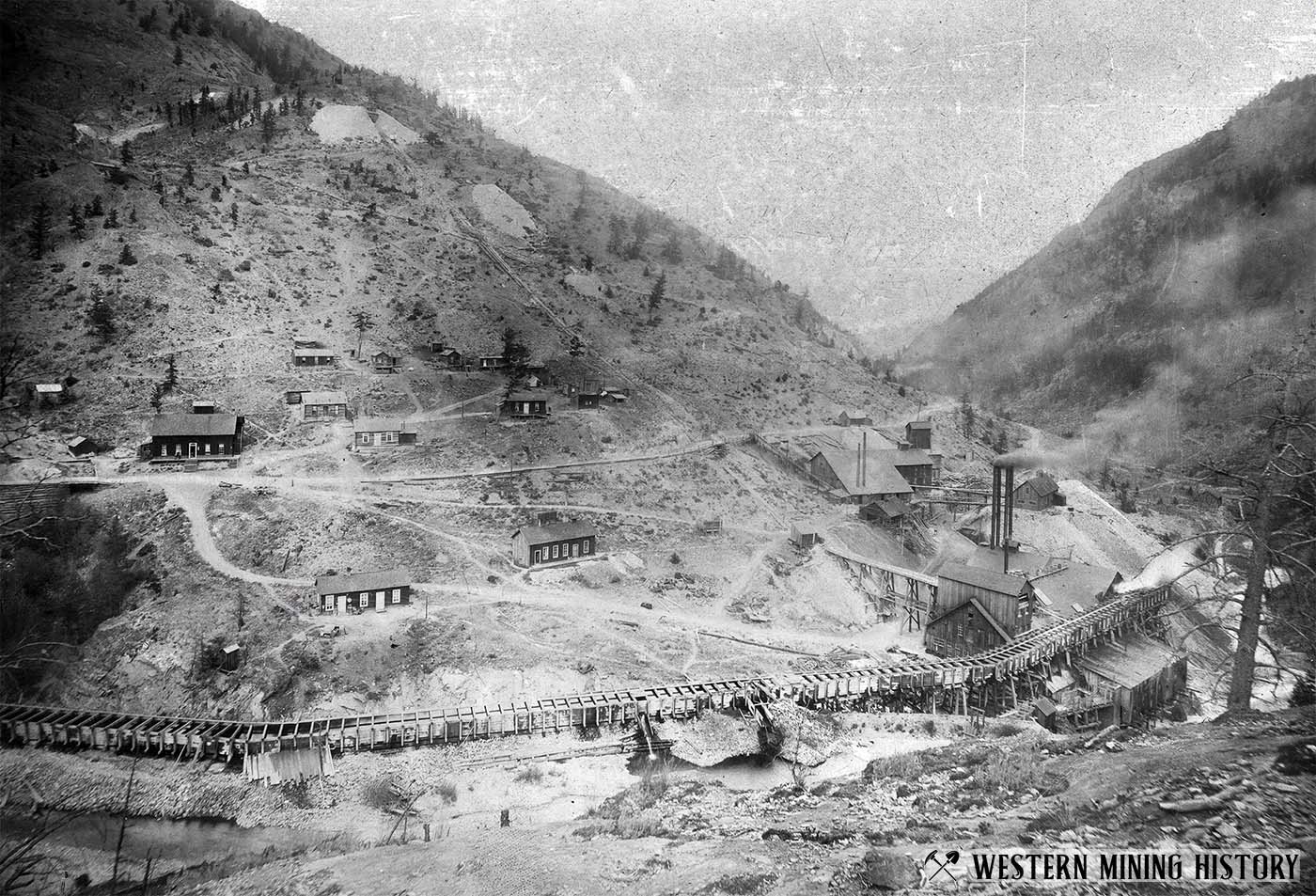
The Ute and Ulay mine is located a few mile west of Lake City, Colorado. The mine, part of the Galena (aka Henson Creek) district, was a producer of gold, silver, lead and zinc. Located in 1871, this was the first major mineral discovery in the Lake City area. Continue Reading
The Bachelor Syracuse Mine Tour
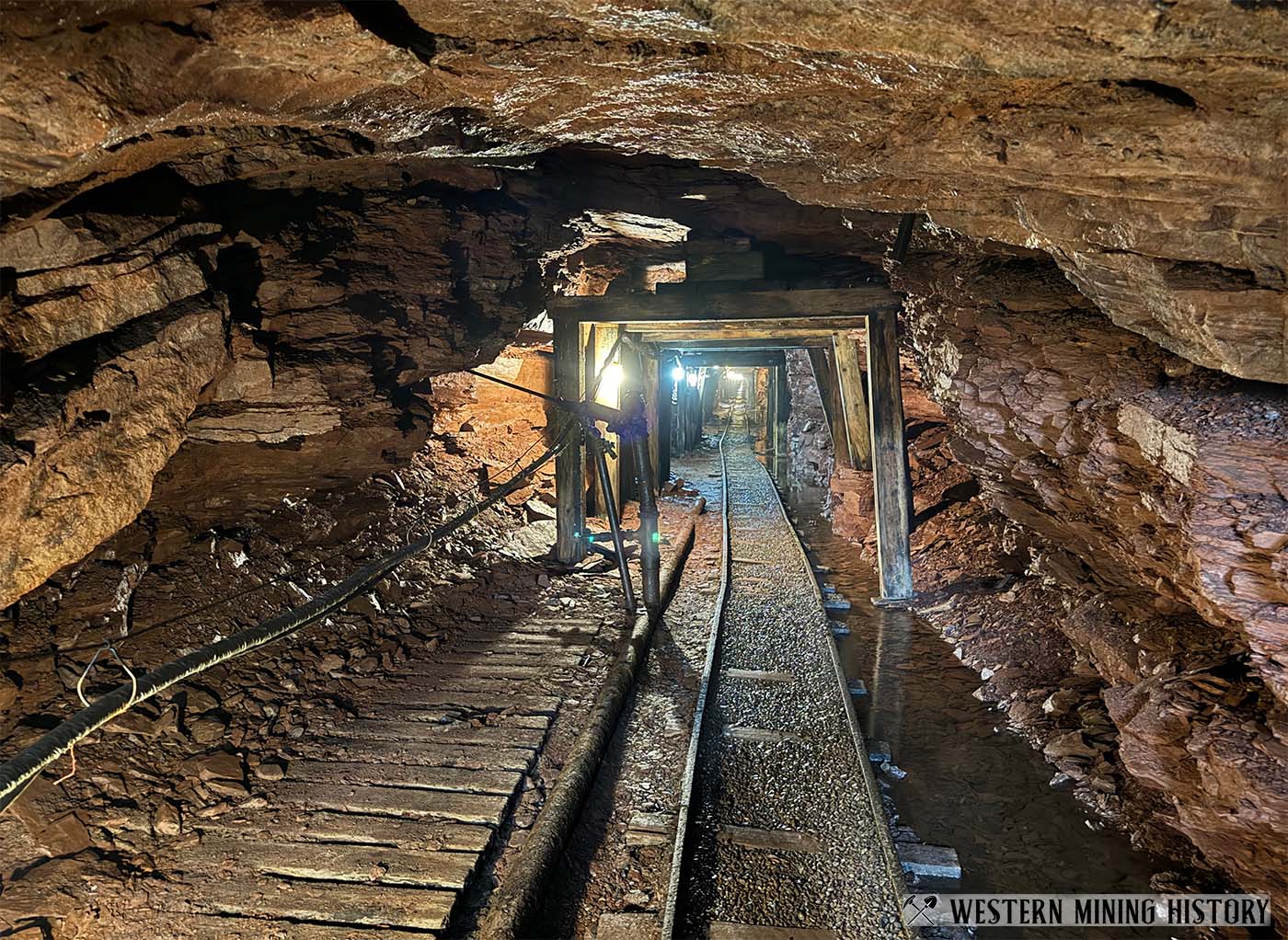
The Bachelor Mine was one of Ouray, Colorado's leading mines for nearly a century. Today, the Syracuse Tunnel, part of the Bachelor operation, hosts underground tours, offering a unique and immersive experience for visitors. Continue Reading
Featured Mining Town: Oatman, Arizona
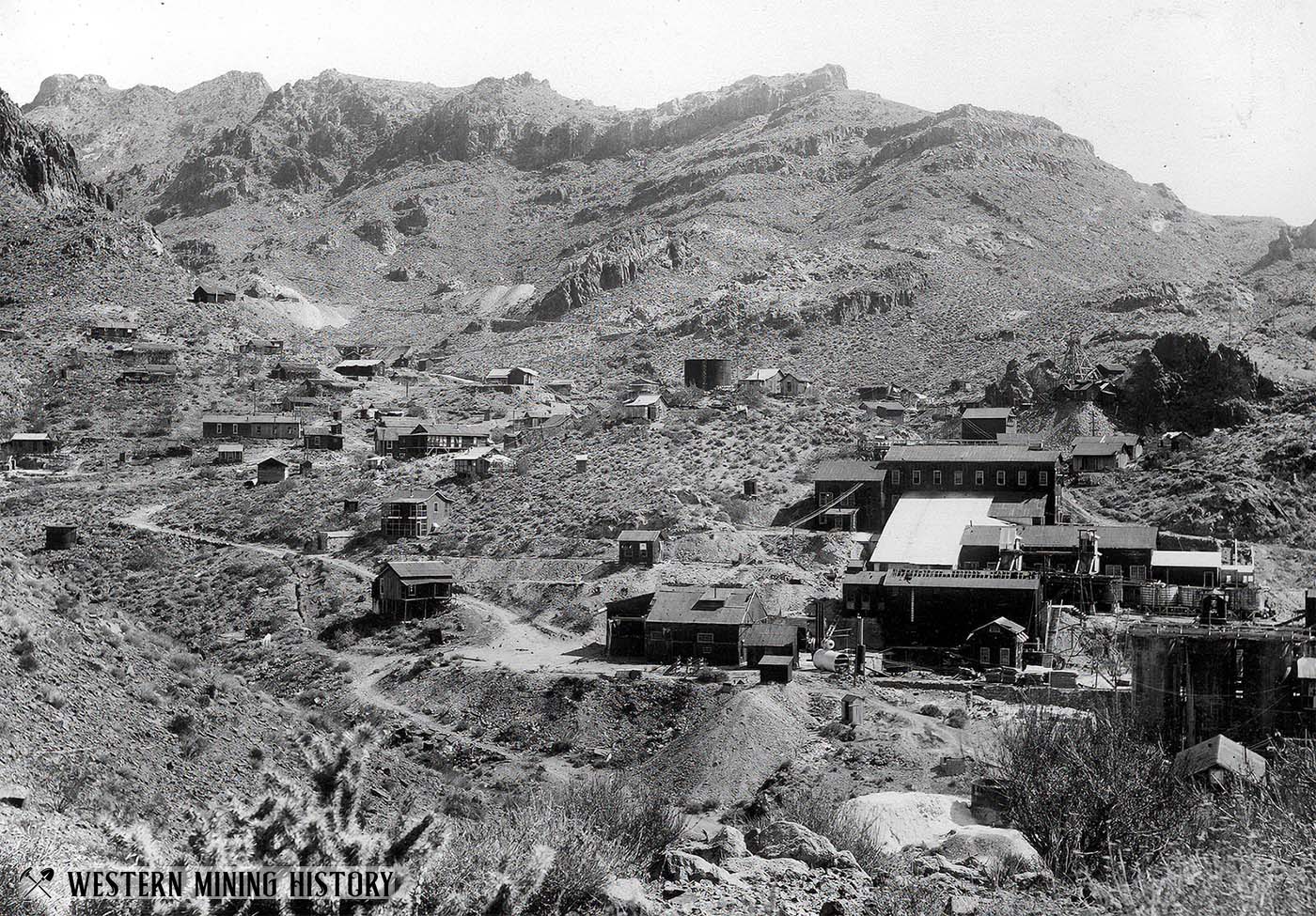
Oatman, Arizona, was established as a mining camp sometime in the late 1800s. However, it wasn't until after 1900 that new gold discoveries in the area kicked off one of the West's last gold rushes. Oatman was a significant producer of gold from 1915 until the mid-1930s. Continue Reading